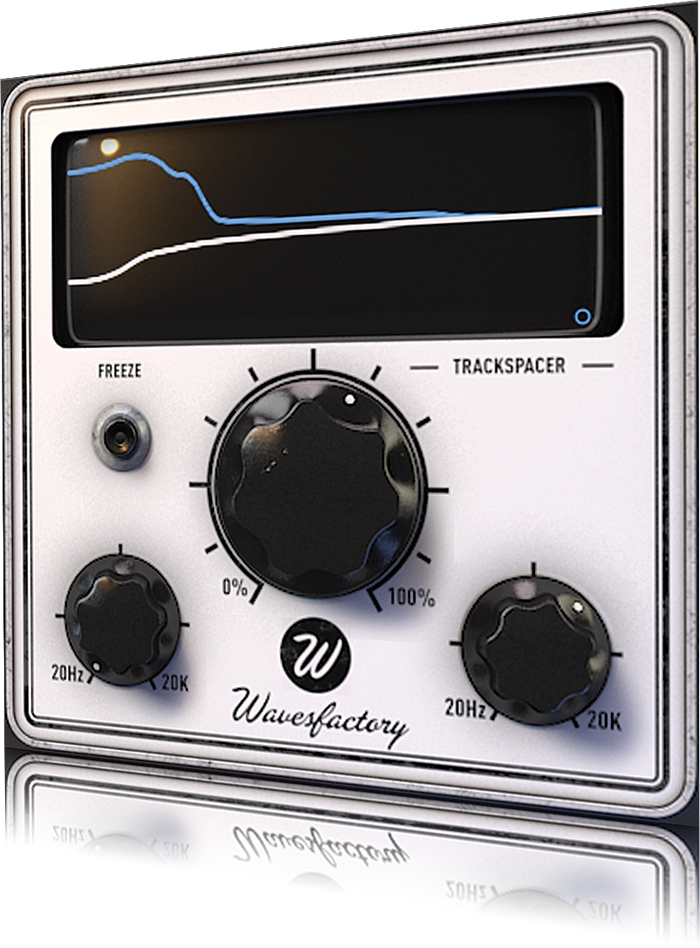Wavesfactory TrackSpacer Review
Since its release, Wavesfactory has fine-tuned this mixing weapon for even better results and workflow based on user feedback. In short, TrackSpacer is a 32-band EQ that analyses a track via an external sidechain and then applies the opposing frequency curve to the track you place the plug-in on. Manufacturer Wavesfactory Price €59 Contact via website Web www.plugins.wavesfactory.com Amazon.co.uk […]

Since its release, Wavesfactory has fine-tuned this mixing weapon for even better results and workflow based on user feedback. In short, TrackSpacer is a 32-band EQ that analyses a track via an external sidechain and then applies the opposing frequency curve to the track you place the plug-in on.

Manufacturer Wavesfactory
Price €59
Contact via website
Web www.plugins.wavesfactory.com
The process of removing frequencies from one track to not conflict with another is nothing new, but TrackSpacer is dynamic as it reads the sidechain input in real time and changes its EQ curve accordingly.
Wavesfactory is keen to point out that TrackSpacer isn’t a sidechained multi-band processor as this generally doesn’t offer the same resolution of bands (normally 3–5 rather than 32) and it’s worth noting that it offers higher detail than using a dynamic EQ for this process as well as they are limited to the number of filter bands and would take an age to set up like TrackSpacer.
Just like version 1, a basic display screen has a Depth control to determine how far the EQ reduction is applied to the track being processed, plus low- and high-pass filters that can be used to limit the frequency area being processed. This works well if you, say, push back an instrumental group with a kick so the kick is more prominent. Although the kick has a broad frequency range, the instrumental track will sound heavily filtered unless you limit how high up the frequency spectrum the sidechaining effect goes by using the low-pass filter. If you want to use TS for the basic EQ technique we’ve already discussed, a Freeze button enables you to apply a static setting, but capturing the correct curve mid-action can be tricky.
The Depth control is the most important tool here as extreme settings will create special sidechain-like effects, so for more subtle improvement to the clarity of your mix, a little application goes a long way.
Version 2 brings a new Advanced mode for more control. Firstly, you can choose to process the mids, sides or stereo fields, and a Pan control allows you to set a balance between either mid/side processing or panning the stereo field for a lopsided focus when required. Attack and Release controls are also now featured, which are essential for moulding the processing to fit the tempo and content of your mix. In general, this is a much more mature update, offering a better level of control.
We tried this in a variety of mix situations and found it performed perfectly well for any given task. Presets aren’t provided but that’s a good thing, as it’s a very case-by-case process and shouldn’t be seen as a miracle cure to whack on and fix your mix.
Verdict
Does what it says on the tin with low CPU consumption. The simple layout suits how it simplifies a sometimes exacting task.



